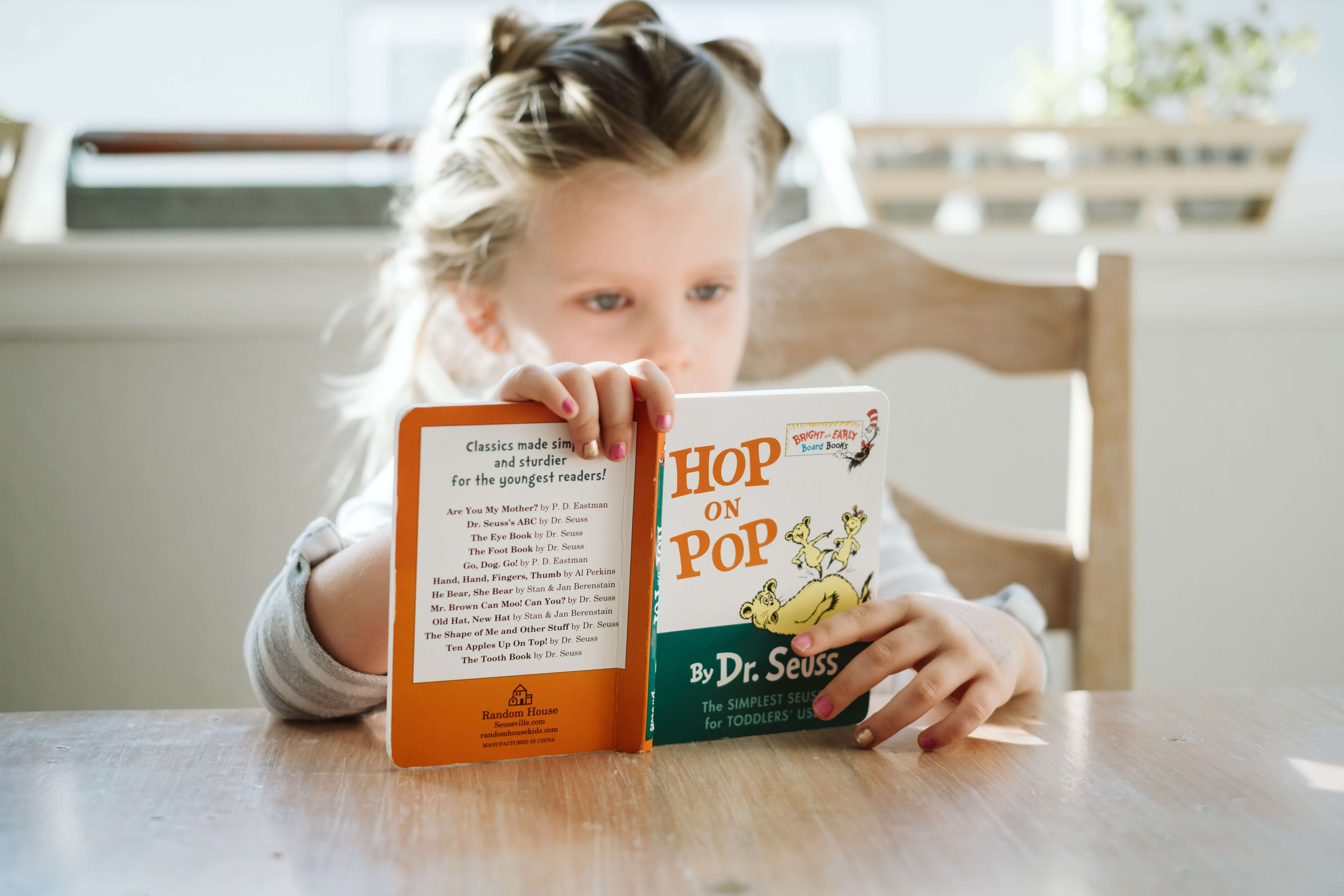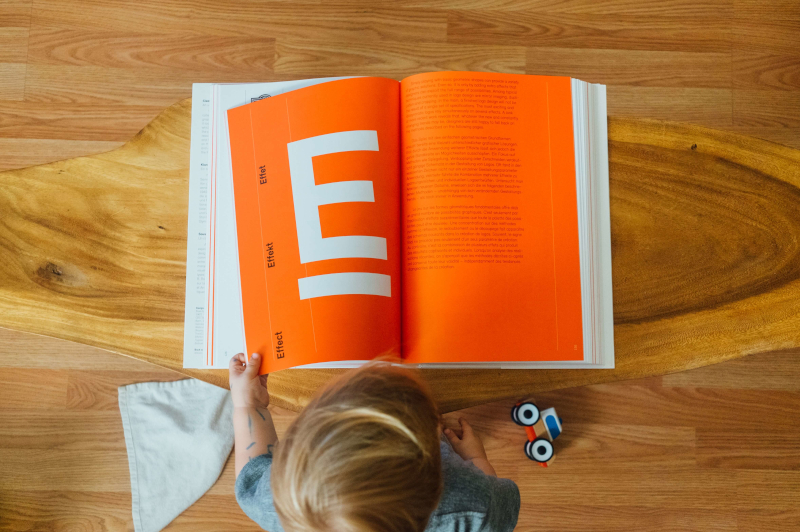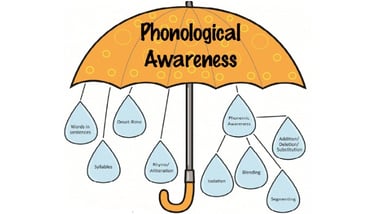
What is Phonics And How Does It Accelerate Learning?
by I Can Read Singapore on 06 Oct 2022
“The more that you read, the more things you will know.
The more that you learn, the more places you'll go.”
― Dr. Seuss
Why Phonics?
 Phonics is like a child’s wardrobe to Narnia - opening the door to a magical world ofwords. A time tested method of learning an alphabetic language like English, phonics helps early learners connect the dots between letters or groups of letters and the sounds of the language.
Phonics is like a child’s wardrobe to Narnia - opening the door to a magical world ofwords. A time tested method of learning an alphabetic language like English, phonics helps early learners connect the dots between letters or groups of letters and the sounds of the language.
Bear in mind that even if early readers know how to say certain words, they may not actually recognise those words in text. With basic phonics as a building block, children are able to grasp unfamiliar words by themselves from an early age.

How phonics helps students learn to read
1. The Alphabetic Principle
English phonics, or the alphabetic principle, is the concept that letters of the alphabet represent the sounds we hear in spoken English. And that the letter-sound relationship is a systematic and logical one that children can learn to predict. For example, a child who knows that the written letter “m” makes the /mmm/ sound is demonstrating the alphabetic principle. To read English with ease, early learners must learn to translate the words they see into sounds, and make sense of these sounds.
All words consist of sounds (phonemes) - represented by letters and combinations of letters (graphemes). And if graphemes are a code for phonemes, then cracking that code is the first step to learning how to read. In essence, written English is a code for sounds and the alphabetic principle is the accelerated highway to sounding out words, writing, phonics and reading.
2. Blending
Blending is perhaps the most well-regarded approach to teaching children how to read. It involves breaking each word into distinct sounds before blending those sounds back together to make the word. For instance, children are first taught to take apart a single syllable word like “cat” into the “k”, “æ” and “t” sounds, and then blending it back to sound out /kæt/ or “cat”.
Some educational programmes focus on teaching children to recognise the most frequently occurring letters in English (example, “s”,” e”, and “t”), then blending these letters to create words (example, “set”). Other educational programmes focus on starting with a consonant-vowel-consonant approach that gets children up to speed with simple words (example, “hat”) before proceeding to more complex word types.
3. Decoding
When children understand the concept of blending letter sounds, they are able to break down or “decode” unfamiliar words by sounding them out. For instance, when children learn the sounds for the letters “a”, “r”, and “t”, they can start to sound out words like “art”, “rat”, and “tar”.
Rather than having to memorise an infinite number of words, children are able to learn effectively with phonics. They are able to hear, identify, and recognise sounds that differentiate English words, enabling them - in time - to read aloud fluently.

Phonics is one aspect of Phonological Awareness
 Phonological awareness - that is, the awareness of sounds and the ability to manipulate sounds, is an important umbrella category that allows children to appreciate how a language is made up of components.
Phonological awareness - that is, the awareness of sounds and the ability to manipulate sounds, is an important umbrella category that allows children to appreciate how a language is made up of components.
Blending (one of the concepts introduced above), segmenting, and counting syllables in words are all examples of phonological awareness. With the right phonological tools, children find learning languages fun!
Importantly, children with greater phonological awareness read with greater ease and success than children with minimal or zero phonological awareness.
How phonics is taught at I Can Read
 At a Glance
At a Glance
● 15 Years of research
● Pilot study and results
At I Can Read, we believe in each and every child’s literacy needs and have developed a literacy journey tailored to each child. This unique methodology was developed by educational psychologists with 15 years of research. Children are admitted into our Pre-Reading programmes based on their reading ability, not their age. This helps our students successfully attempt tasks that are ‘doable’ and achievable, boosting their confidence and willingness to persevere.
Students are placed in optimum class sizes that prioritise individual attention and facilitate active learning in a conducive learning environment with the aid of colourful visual aids and resources. Children are continually encouraged to challenge their personal best by teachers who are well trained in applying I Can Read’s unique pedagogy.
We often hear educators say, ‘What children can say today paves the way for what they read, write, and think in future’. Leverage I Can Read’s best in class curriculum and give your children the head start they need today!